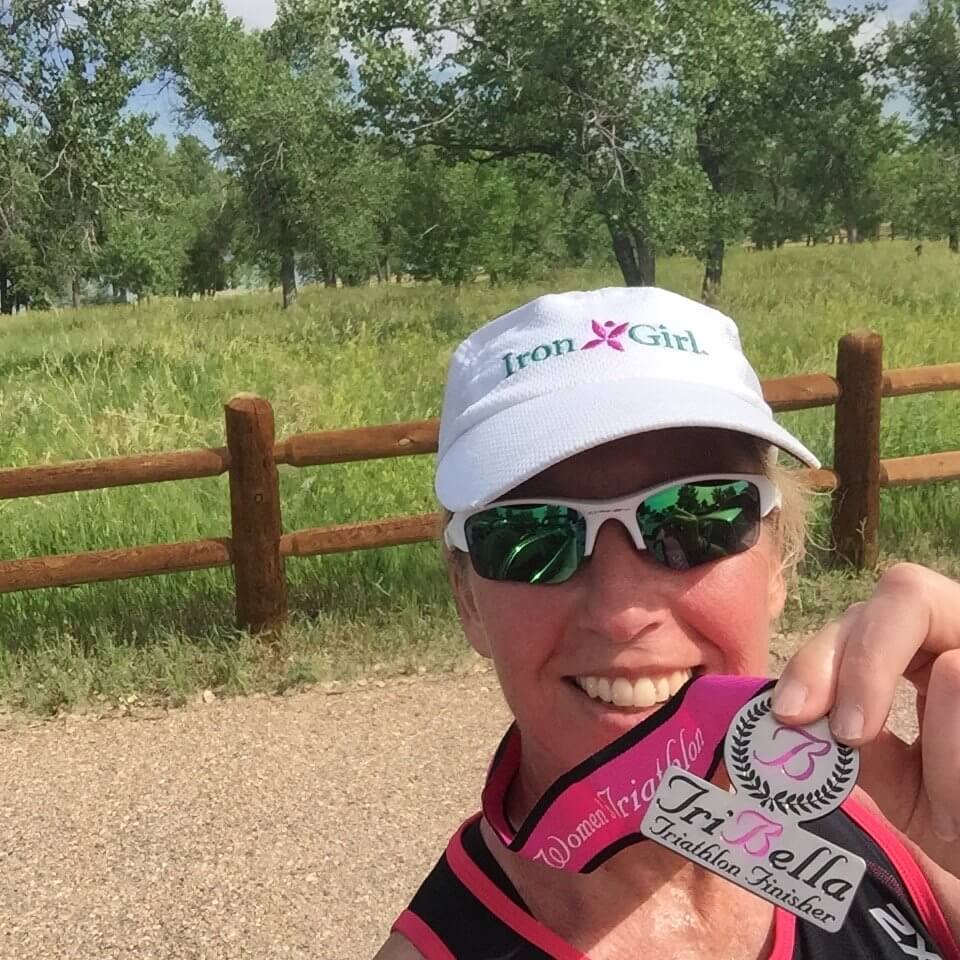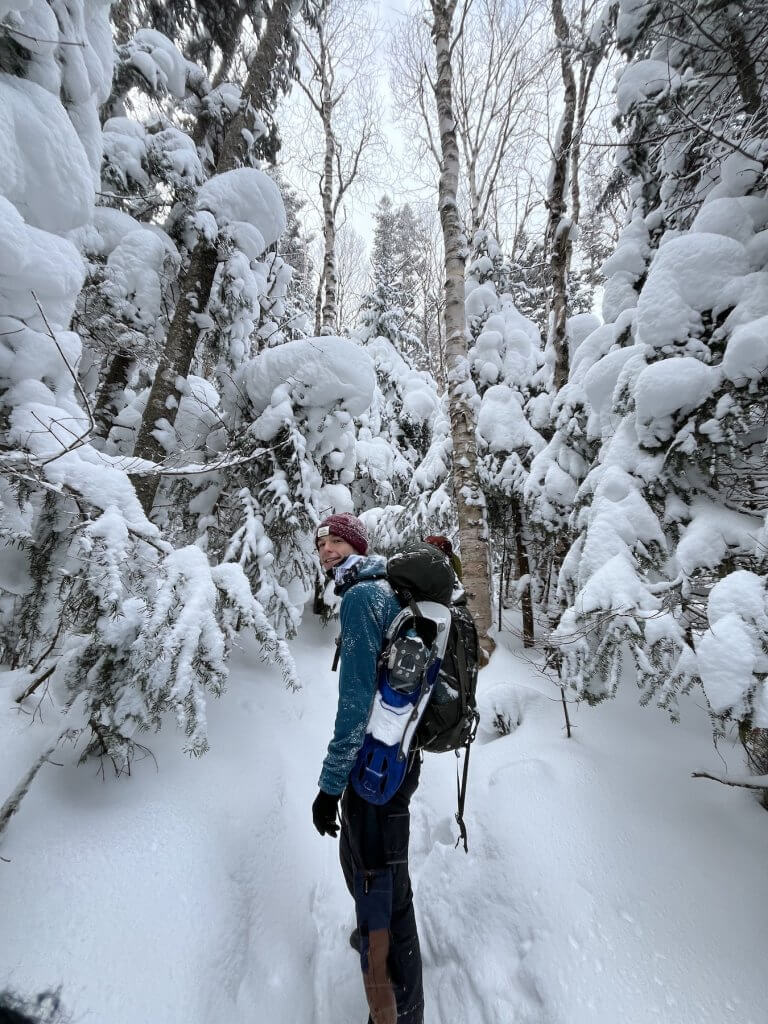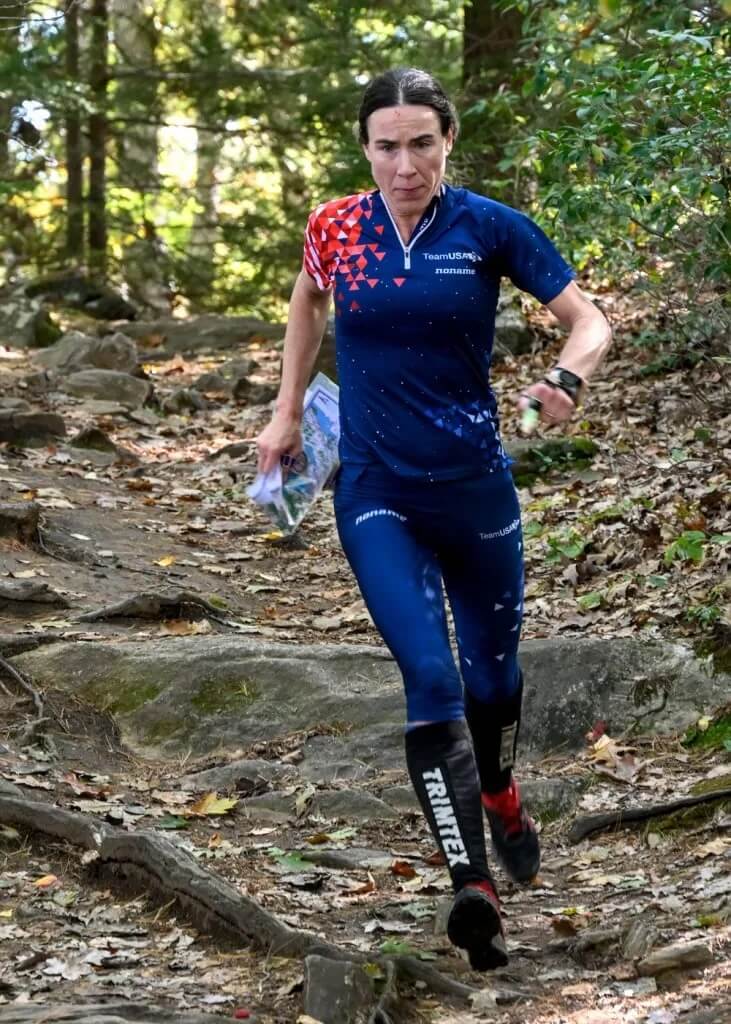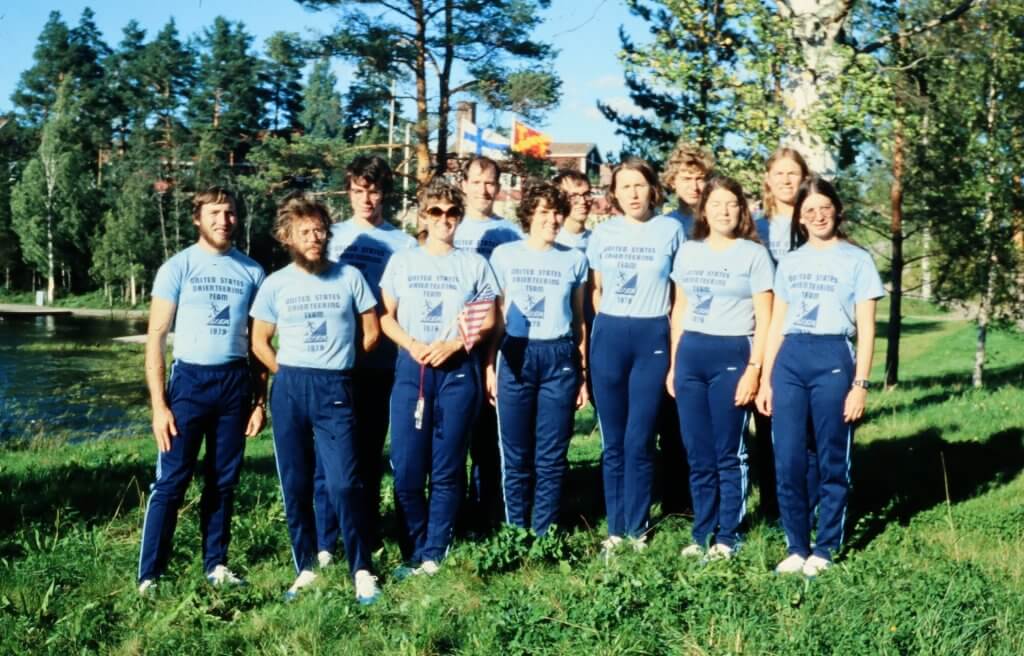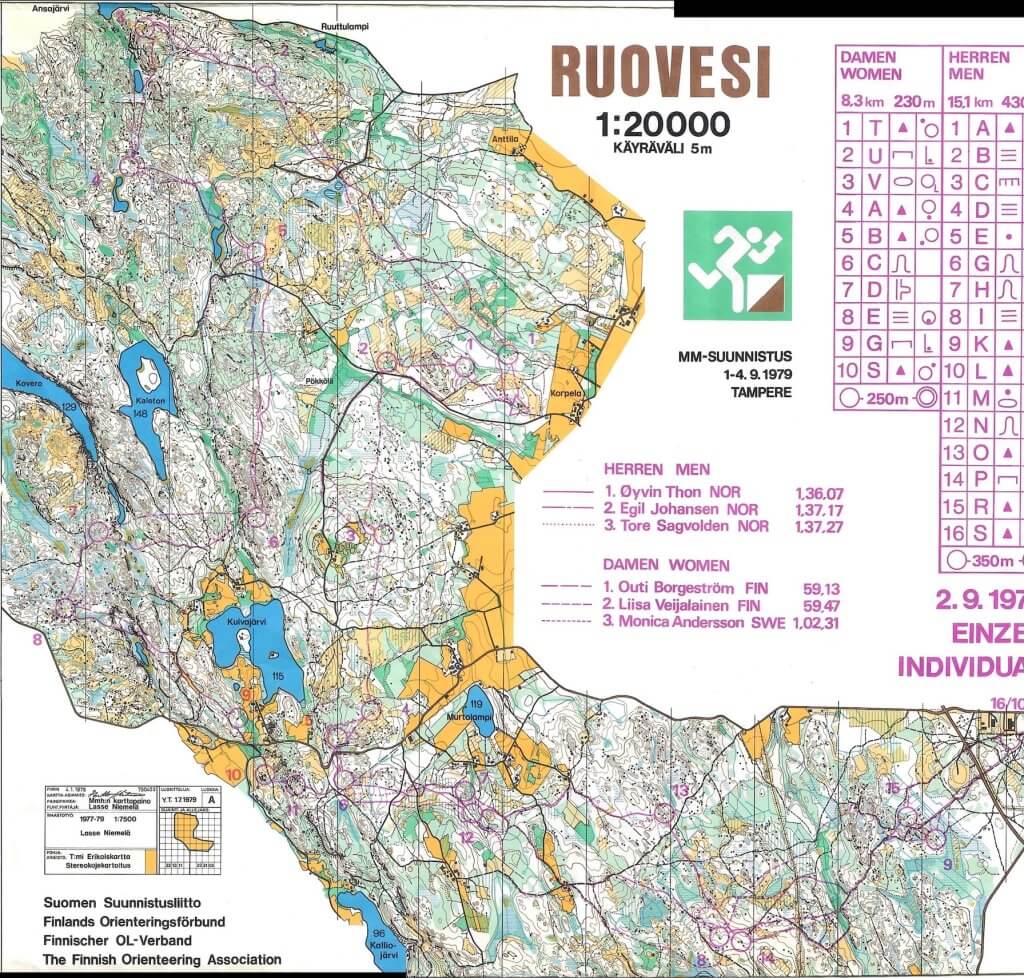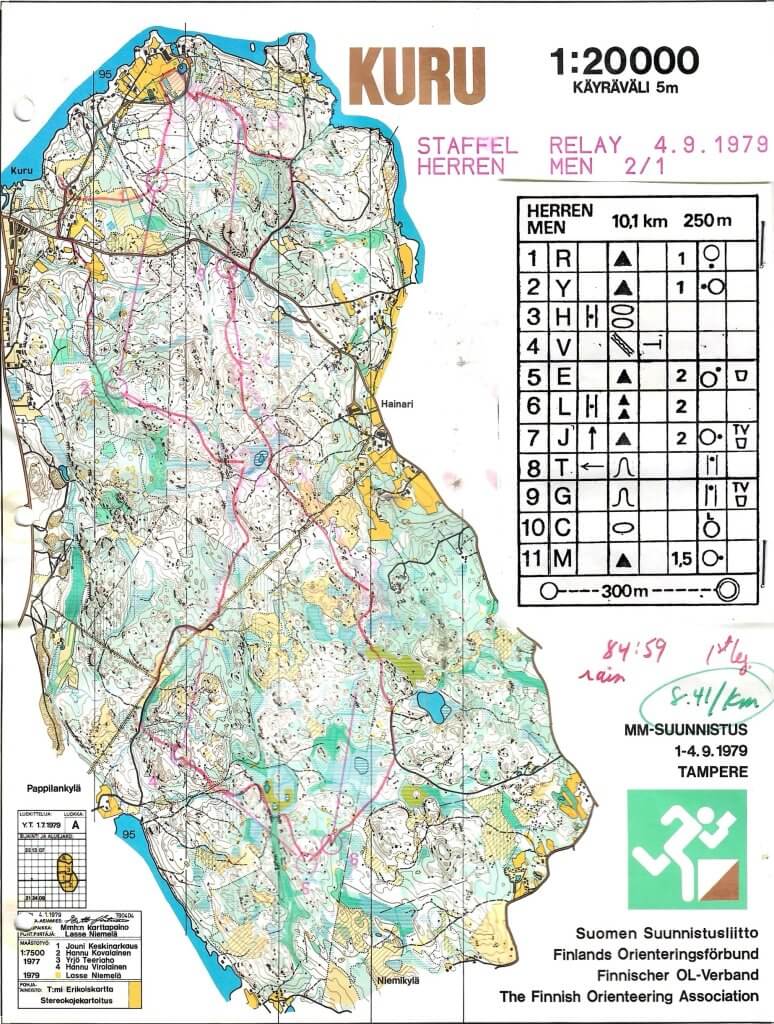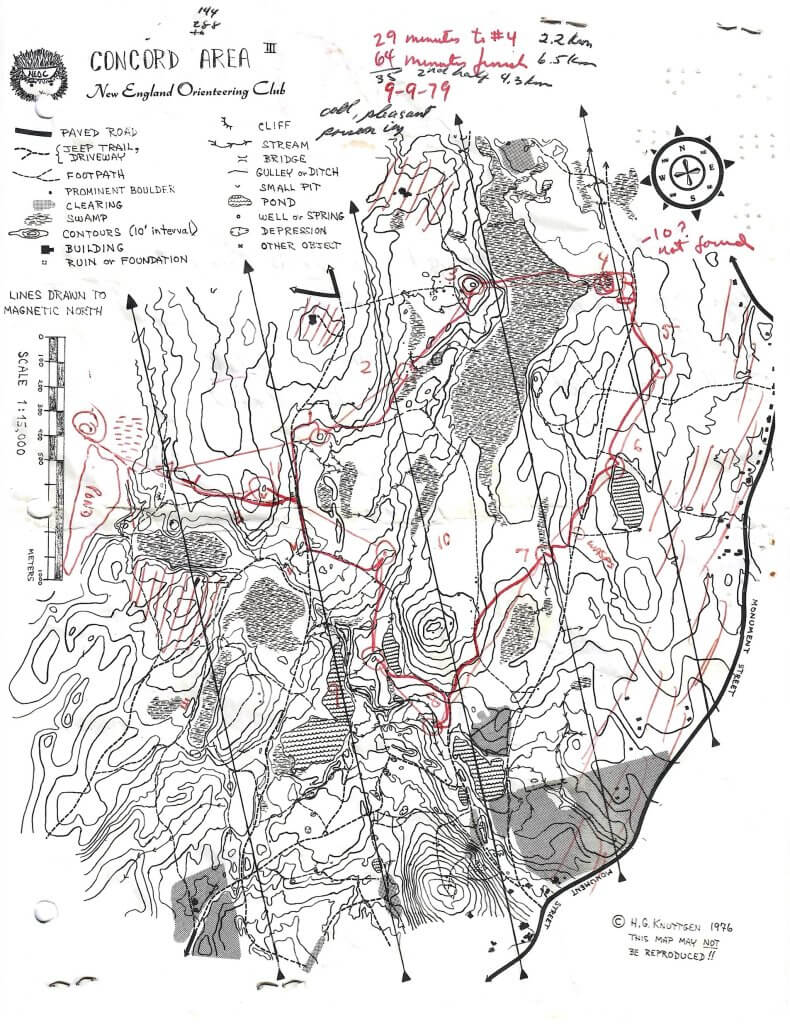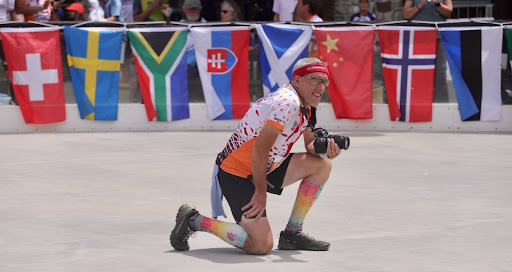Welcome from Orienteering USA’s New President: Tori Campbell
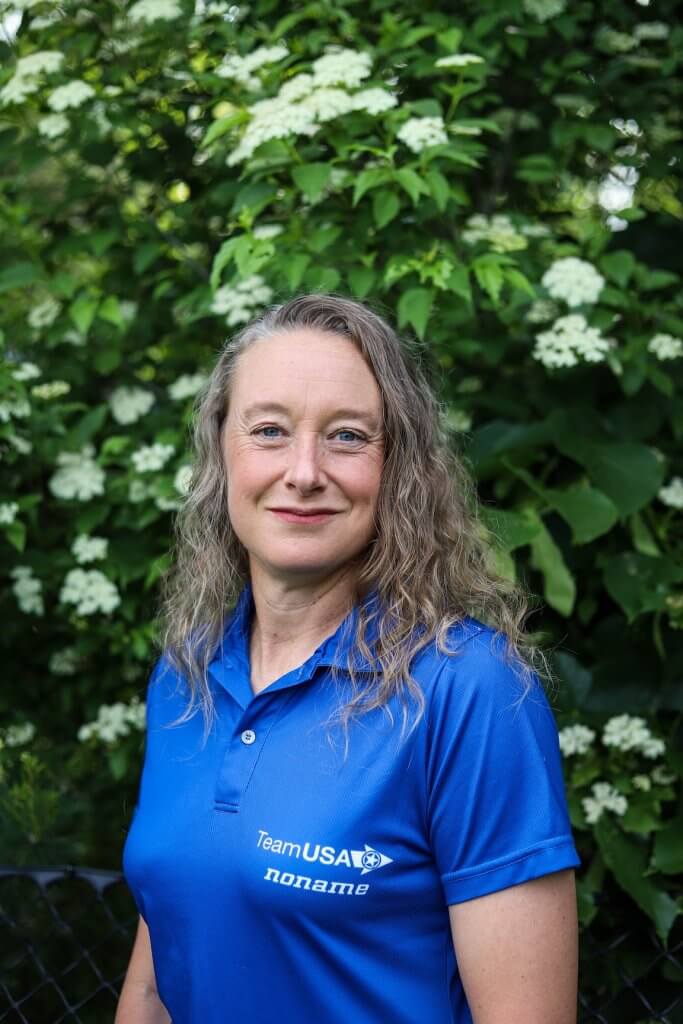
If you’d told me the first time I tried orienteering in 1996 (without a compass, because my then-boyfriend Jon Campbell wanted to make sure I actually read the map!) that I would one day serve as President of the national federation, I probably would have said, “Wait, there’s a national federation?” Yet here we are, and I’m honored to step into this role.
First, I want to express my deepest appreciation to Clare Durand for her mentorship and her thoughtful approach to succession planning. Three years ago, Clare challenged the Board to think ahead and prepare for leadership transition, modeling the kind of foresight and integrity we all aspire to. Even as she faced profound health challenges this past year, Clare continued to lead with determination and grace. I know the entire community joins me in thanking Clare for her extraordinary service. I’m also grateful to our wonderful Board, who bring passion and discernment to their work. At our recent reorganization meeting, we voted for all Vice Presidents to continue in their roles, and for Clare to continue as First Vice President in a mentorship capacity.
I’m equally thankful for the welcome my family has received from our many “home clubs” over the years. From COC, NEOC, USMAOC, QOC, CSU, UNO, and beyond, and through military moves, family visits, road trips, and even a gap year on the road, you’ve shown us that wherever there’s an orienteering map, there’s a community ready to welcome us. Those experiences have shaped me, and I carry the lessons I’ve learned from volunteering with each club into this role.
Looking ahead, my priorities as President center on two themes: good process and strong community. Good process means planning ahead, making thoughtful decisions, and ensuring that we’re supporting all four pillars of OUSA’s mission: Participation, Education, Conservation, and Competition. Strong community means recognizing that OUSA is, at its core, an organization of volunteers. By weaving together the energy, passion, and creativity of our members, we can both grow the sport sustainably and deepen the connections that make it so meaningful.
I look forward to working with you to build on our shared successes and to take orienteering in the U.S. to the next level, together.

